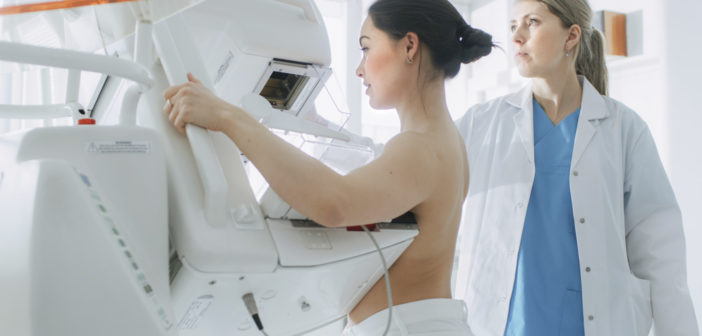Cancer is not ONE disease. It may arise from any site, organ or tissue in the body, and can spread to anywhere. Contrary to what many people believe, the vast majority of cancers are not hereditary, but rather, sporadic. If we can, it’s better to prevent cancer than try to treat it – especially when it reaches an advanced stage.
Causes and Prevention
A healthy lifestyle can, no doubt, prevent many, but not all cancers. Being overweight predisposes a person to many different forms, such as uterine and esophageal cancers. With certain cancers, being obese or overweight and living a sedentary lifestyle may increase the risk of recurrence.
Smoking contributes to almost one third of all cancers in the U.S. – at least 14 different types – but mainly lung, throat, esophageal and bladder cancers. Exposure to radon, a cancer-causing radioactive gas that can be present at dangerous levels in older homes, can increase your risk of lung cancer. Smoking, in addition to exposure to asbestos, increases risk of developing mesothelioma, a rare cancer of the pleura, which is the membrane enveloping the lungs.
Alcohol consumption is a known cause of liver cirrhosis and liver cancer, but can also cause head, neck and upper-esophageal cancers.
Many cancers have neither a genetic cause, nor an environmental one. They happen sporadically – just due to bad luck.
Certain infectious agents can cause cancer, too. Helicobacter pylori is a bacterium that can live in and infect the digestive tract. It is a common cause of gastritis, peptic ulcer disease, gastric carcinoma and lymphoma, so it must be treated if present. Hepatitis B and Hepatitis C can cause liver cancer – a Hepatitis B vaccine is currently available. The HIV/AIDS virus can cause many different cancers, and we can now control it with treatment. Human papilloma virus (HPV) can cause cervical, penile, anal, and head and neck cancers. Practicing safe sex can prevent many of these cancers, and an HPV vaccine is now available for young girls and boys, so a future decrease in their incidence is anticipated.
Lowering risk of skin cancer, especially the most fatal type of malignant melanoma, is as simple as limiting direct sun exposure during hours of peak intensity and using high-potency sunscreens.
When it comes to cancer prevention, screening tests are imperative. For women, it’s very important to follow your primary care and specialists’ recommendations regarding pap smears and mammograms. Both men and women should be screened for colorectal cancer by colonoscopy, as well as a low-dose lung CT scan for smokers at high risk – those 55 years or older who smoke one or more packs a day for 30 years or more. Men need to talk to their physician about the pros and cons of testing blood for PSA (Prostate-specific antigen) levels to screen for prostate cancer. Screening detects early cancers that can be curable, and detects precancerous lesions before they become cancerous, like cervical dysplasia in a pap smear, or benign polyps in a colonoscopy.
Exposure to radiation can cause cancer and acute leukemia. There is no current scientific evidence that cell phones, high-voltage electric power lines, diet soft drinks, artificial sweeteners or stress can cause cancer.
After all, many cancers have neither a genetic cause, nor an environmental one. They happen sporadically – just due to bad luck.














